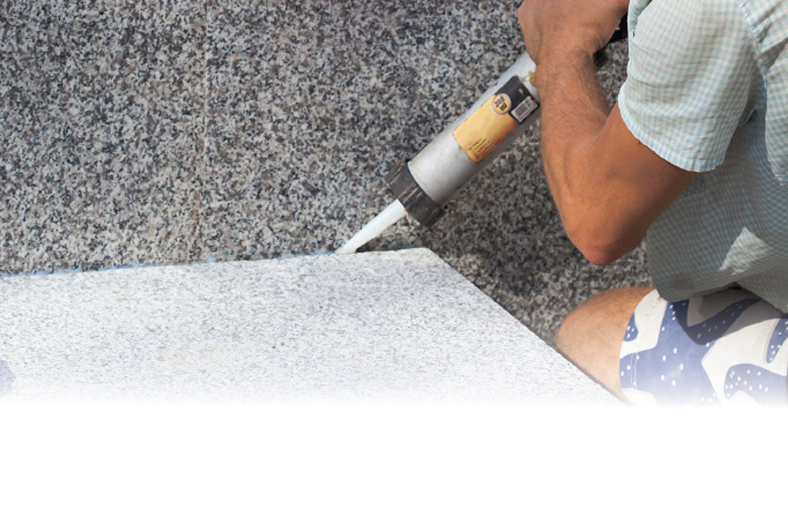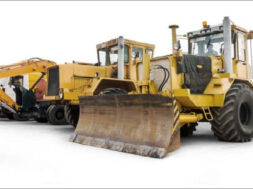
Mechanical stress, environmental conditions and durability are key considerations while manufacturing.
Adhesives and sealants play a cogent role when it comes to advancing the longevity and strengthening of a structure. Adhesives are used basis their holding and bonding power and are materials that possess high tensile strength. Whereas, sealants have the ability to fill gaps and oppose relative movement of substrates. The function of adhesives and sealants is primarily by the property of adhesion. Adhesion is the attractiveness of two different substances resulting from intermolecular forces between the substances.
Right product selection is imperative
While considering the right adhesive or sealant for usage, it is important to assess the kind of material it would be used on as they are expected to perform well for at least 20-30 years. Selecting the right products is of utmost importance. Moreover, one needs to also consider external factors like mechanical stress, pollutants, heat, light, solar radiations etc that will come into play in the long run. “Adhesives and sealants form the basic building blocks keeping structures intact, and have a significant role to play in enhancing durability,” says Muralidhara Shenoy, Country and Commercial Director, Huntsman Advanced Materials.
Understanding the specifics
The function of adhesives and sealants differs from a case to case scenario, and selecting the right product to fit the variables involved is key to enhancing durability.
“Paying attention to specifics while designing the product like good understanding of the movement and tear strength, are needed along with environmental factors associated with the usage scenario,” says Aseem Kumar Singh, Head of Sales, AIPL Marketing Pvt Ltd.
Structural integrity
Adhesives improve structure integrity by unitising the joined parts as compared to standard fastening techniques with complicated engineering consideration on their own, says S.S. Biju, D.G.M Business Development, Anabond Limited.
While mechanical fasteners, gaskets, seals etc. are components on their own, the adhesives and sealants join the members as one component obliviating the need for any additional design considerations, he added.
Choosing right quality of adhesives and sealants
Understanding product properties – a must
For choosing the right quality, professionals will have to understand the properties of products and then choose the ideal fit for their application. Budget limitations should not influence this decision, especially at critical points of construction, says Aseem.
Few of the major parameters to consider are the shrinkage or expansion tolerance, area coverage, flexibility, bond strength, substrate and base of the sealant used.
Reliability – a key element
Different customers have different needs and understanding these needs is an important factor when it comes to manufacturing the right products. Reliability is an important element which customers consider before choosing the product. There are many options of adhesives and sealants available with each having its own set of advantages, specialties, and limitations, according to Shenoy.
There are numerous criteria involved in order to choose the right adhesive for the job, one of them being the surface that needs bonding and the atmosphere in which one is bonding the substrates. Understanding the quality of the substrates to be bonded is crucial.
Understanding mechanical stress and environmental conditions on the bond too need to be considered. Besides, bonding processes and performance parameters are some of the key factors that need to be considered for picking the right quality.
Selection criteria
Nature of substrates being joined (specific adhesives bond specific substrates better. Low surface energy plastics like P.E, P.P, Teflon, Viton and Silicones require special surface treatment for bonding).
The service temperature or pressure the joint will experience (Adhesives are basically organic compounds and will withstand up to 300C. One has to use inorganic adhesive material for higher temperature).
The kind of force the joint will experience (like shear, tensile, peel, cleavage forces).
Availability of bonding area required for the expected strength (unlike welding, bonding requires two surfaces to bond. More the area more is the strength).
The curing mechanism of the adhesive selected (different adhesives cure under different mechanism. The parts being bonded must be conducive to allow the cure of the selected adhesive).
Array of innovations
The efficiency and durability of construction in India largely rests upon climatic conditions. Keeping this in mind, AIPL has five different variants of adhesives and three variants of silicone sealants specifically designed to cater different climatic conditions of India. One of the most advanced offerings include D-3 Grade water resistant wood adhesive. The adhesive can withstand 48 hours of cold water resistance and one hour of boiling water resistance. For sealants, the company has a neutral cure prepared silicone sealant adhesive that offers excellent adhesion and weatherproof performance in multi-purpose sealing applications and a sprayable single component, self-expanding polyurethane adhesive with high thermal and acoustic insulation properties.
To combat against leakage in construction industry and vertical cladding of marbles Huntsman offers an extensive range of adhesives under its Araldite Builder range viz. Barrier Koat and Klad X respectively. This high-strength adhesive is suitable for outdoor application and large projects, with a fast bonding time of about 30 minutes.
For automotive industry, Anabond has complete range of anaerobic adhesives, RTV silicones and anti-seize compounds. The construction and HVAC industries have been served by Poly urethane, Modified Silanes (MS), RTV Silicones, Polysulphides, epoxies, water-based acrylics and rubber-based adhesives and sealants. The company caters to goods industry with coatings and sealants, while for aerospace, missiles and defence industries, the company has special sealants and adhesives.
Adhesives and sealants form the basic building blocks and have a significant role to play in enhancing durability.
Muralidhara Shenoy, Country and Commercial Director, Huntsman Advanced Materials
Adhesives improve structure integrity by unitising the joined parts as compared to standard fastening techniques with complicated engineering consideration on their own.
S.S. Biju, D.G.M Business Development, Anabond Limited
Adhesives and sealants can be made more reliable by understanding the specifics while designing the product.
Aseem Kumar Singh, Head of Sales, AIPL Marketing Pvt Ltd
Cookie Consent
We use cookies to personalize your experience. By continuing to visit this website you agree to our Terms & Conditions, Privacy Policy and Cookie Policy.









